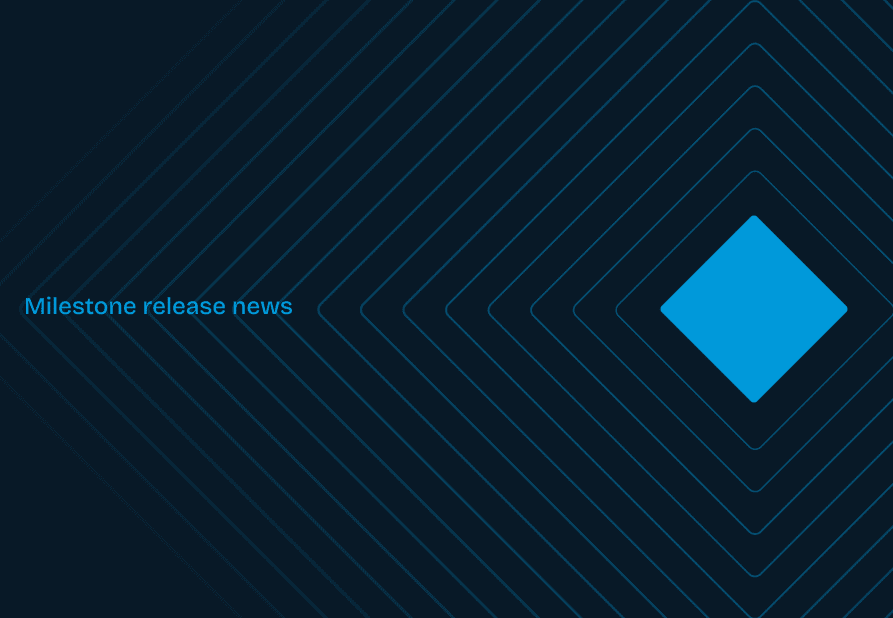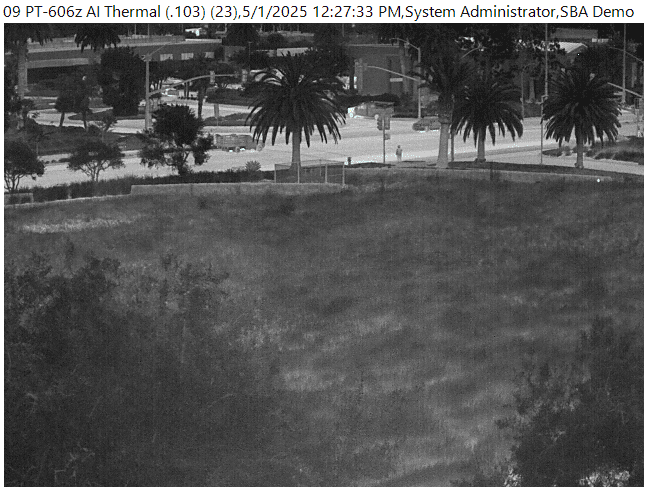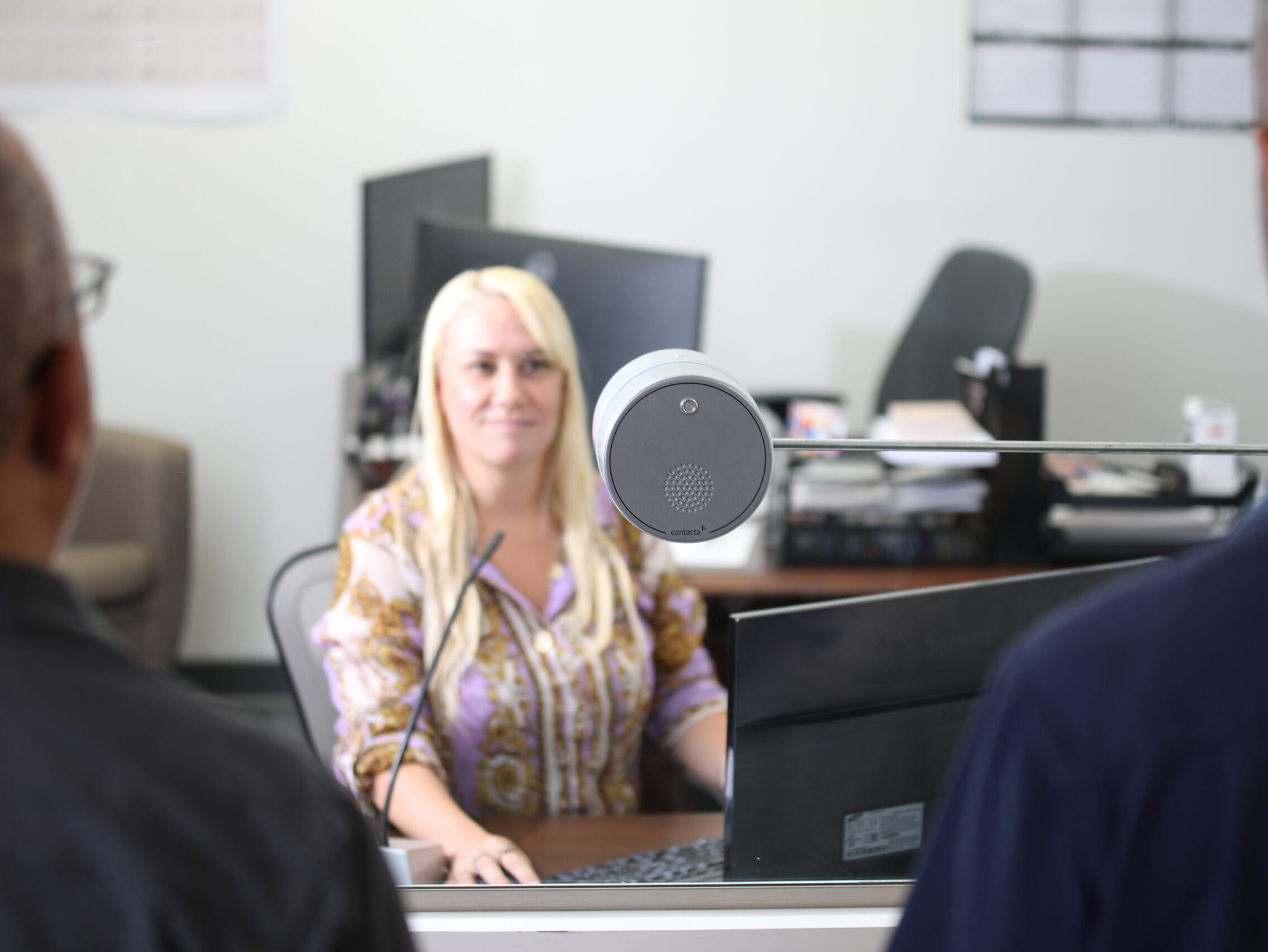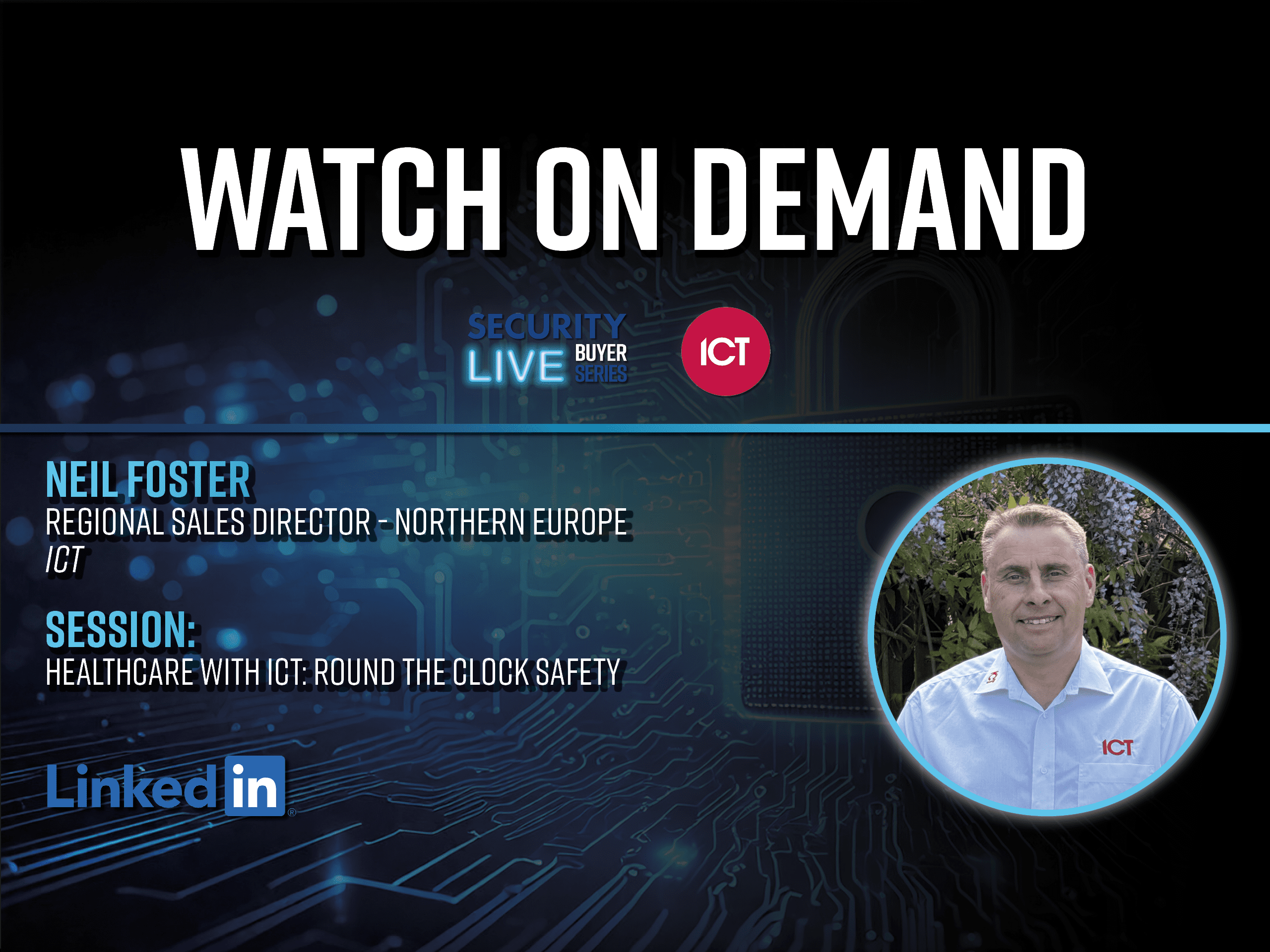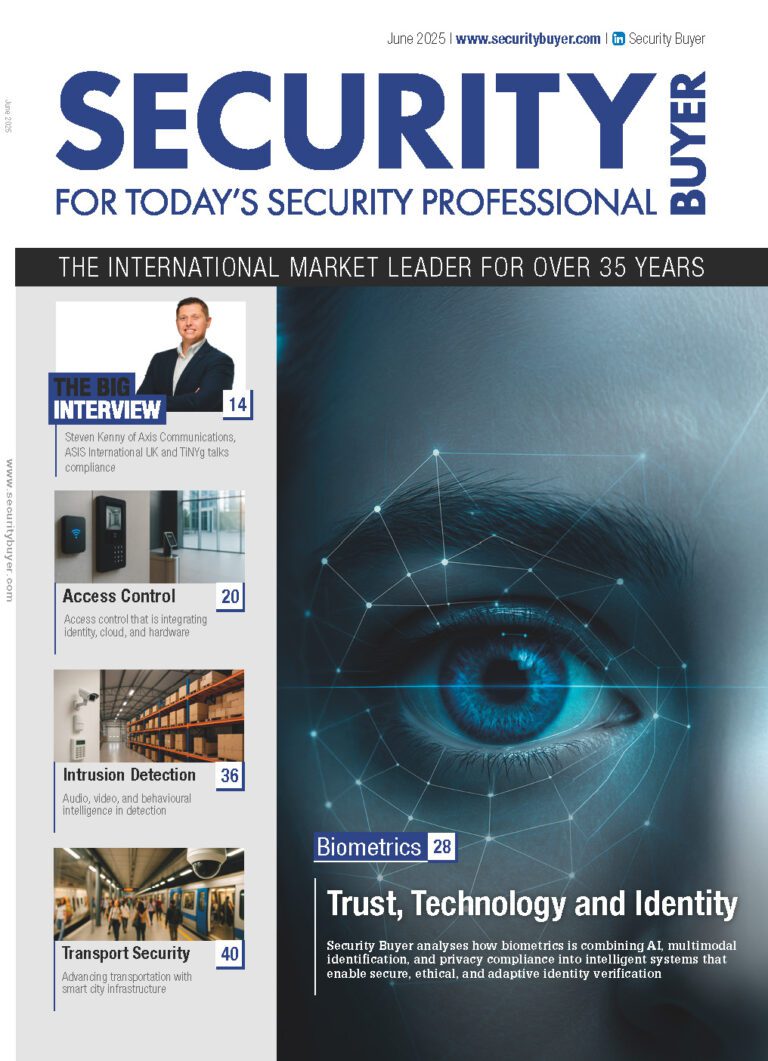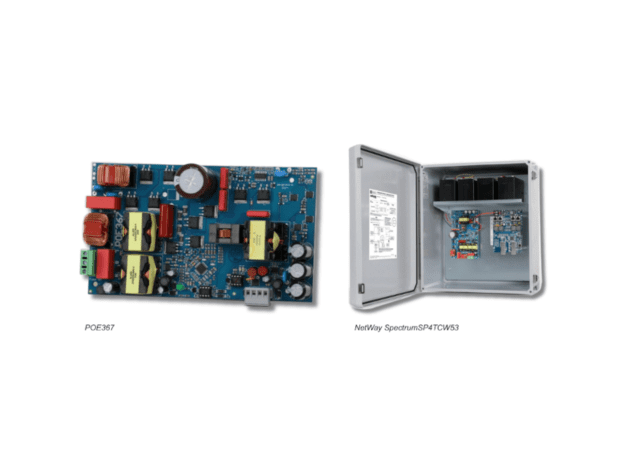Staying ahead of the curve in Perimeter Protection. Security Buyer takes a look at the biggest trends to face 2021 in the physical perimeter protection market, focusing on technological advancements
When we made our plans for 2020, few of us saw the COVID pandemic coming. Social distancing and travel restrictions have affected every kind of business, including those in the physical security industry.
As we approach 2021, it’s time to consider how you can develop your security business’ resilience, not just for the next 6 months to a year, but for the long term. Now more than ever, security businesses need to consider the macro trends that are shaping the growth of the industry as a whole when they plan for the future.
This was the year we saw just how useful technology can be when face-to-face meetings weren’t an option. From artificial intelligence to 5G, there are several trends that we are sure to see more of in future. However, we also learned that security is an industry with key workers; many firms will need to strike a balance between physical security and technology services in the coming year.
The Perimeter Protection industry has integrated and introduced; radar, thermal / multi-sensor cameras, advanced sensor technologies, wireless technology and also deeper integration with video surveillance & access control which has in turn heightened the demand and necessity for this type of protection and technology.
More companies are taking an active role in this industry offering new solutions. Axis Communications, last year announced their Axis Perimeter Defender product, a video analytics application for intrusion detection. With this launch, Axis is enabling its partners to deliver a scalable and flexible perimeter defense solution through combining cameras with their network horn speakers and third party video management software. The application forms a comprehensive, video-based solution for perimeter surveillance and protection.
IA/PP
Demand for IA/PP systems has grown at a faster pace through the integration with Video Surveillance and Access Control. Demand for intruder sensors and alarm products being the staple products of this business have had only a marginal impact on growth in demand.
The intruder alarm equipment industry has traditionally been driven by two factors, local legislation and the insurance provider requirements that business owners install intrusion systems or by residential consumers that purchase an intrusion system from a local dealer. The first is fairly common, regardless of geographical location. Insurance companies have calculated that intrusion systems decrease the number of burglaries, which would cost the insurance company money and so offer incentives such as discounts on their premiums.
Remote access
By combining new technologies with traditional manned guarding techniques, security companies have an opportunity to explore the world of virtual guarding and the benefits that come with it. Remote guarding combines tools like motion alarms and security cameras with random site patrols to provide a high level of security.
Using techniques such as video analytics software for true alarm detection, drones for perimeter protection and mobile monitoring are all ways of providing your security guards with added tools to help them cover more ground, make decisions and take appropriate action.
These remote solutions offer twofold benefits: in the immediate future, they enable businesses to implement increased distancing measures that lower the risk of COVID exposure to security staff. In the long term, using remote, tech-enabled monitoring can give security businesses an edge, with round-the-clock checks and sensitive threat detection that support operators and guards and help them to do their jobs even more effectively.
The cloud and IoT
2020 was the year of mass remote working – enabled by the connectivity we now enjoy thanks to cloud computing and the Internet of Things. As many workers will still be working from home in the New Year, businesses will need to consider how best to secure their workforce from a distance.
As businesses, employees and devices become more and more connected, relying increasingly on cloud solutions, the case for cyber security will only continue to grow; company data – and customer data – must remain secure, no matter where someone is working from.
The migration from on-premise storage to cloud technology has picked up pace. Of those that have already migrated, a recent study found that 87% of businesses said they experienced some business acceleration from their use of cloud services. The move to the cloud allows security companies to scale their business much more efficiently and cost effectively.
It also allows the security industry to benefit more from technologies such as machine learning, while providing greater connectivity to other areas of the business. For those who have concerns over the security and privacy of cloud technology, it’s reassuring to hear that the most reliable cloud providers have all invested heavily in the security of their offering.
Similarly, 5G connectivity was a big word for 2020, and it is sure to continue into 2021. The introduction of 5G networks will have a huge impact on the speed at which the security industry can operate. 5G aims to speed up data communication by up to ten times, compared to 4G. 5G latency is extremely quick, so as 4G fades out and 5G grows, not only can security companies benefit from quicker data transfer, but the speed of remote work will also be improved. As a result, there’s an opportunity to receive and respond to security risks at an even faster rate, particularly for remote areas such as construction sites.
Video analytics
Video analytics software is evolving. Used to help make surveillance operations more efficient, they come in a variety of different formats and can be used to detect motion, read licence plates, count people and more. In the case of physical security and video monitoring, video analytics software is primarily used to detect crime. Traditional solutions involve built-in camera analytics, or often require an additional piece of hardware on site.
In 2021 even more security companies are likely to use cloud-based video analytics software, and capitalise on all the benefits of video analytics completely remotely. Companies that adopt this form of software are opening their doors to a cost-effective solution which will benefit from constant updates and improvements via the cloud.
For example, Videoloft’s newly released analytics features are based on the use of neural networks, a machine learning technique set to change the way analytics are provided throughout the security industry. Videoloft aims to make neural network technologies accessible to the whole industry through their cloud CCTV platform.
Neural networks are based on the structures of the human brain that deal with vision and interpret images. By mimicking the way a human brain works, they can read information, learn from it and then predict the outputs of other similar information. “Neural Networks have the ability to go above and beyond more common and traditional AI tools” explained James West, Videoloft CEO & Co-Founder, “The most recent dramatic AI advancements have been based on neural networks, yet we haven’t seen much adoption within the security industry.”
With technology accelerating the physical security market, and Covid-19 presenting technological and remote software opportunities, the trends for 2021 are looking increasingly software based. If companies and organisations are looking to improve their security resilience strategies, adopting one of these upcoming trends are sure to keep them ahead of the curve.
Magnus Lundegård, Global Product Manager Thermal Cameras, Axis Communications
In perimeter protection we often meet customers with far-reaching grounds, mission-critical installations, important infrastructure and other large, high-value assets. Under these circumstances, a tall fence topped with barbed wire isn’t enough.
Over the last year customers have had to reassess their approach to security processes, one aspect of which was how to better support staff in effectively monitoring large perimeters. Thus, the value of adding surveillance solutions to perimeter protection systems is likely to be of continued interest throughout 2021 and beyond. A security system with the right features can not only help with intruder detection, but also with the reduction of false alarms. These can become quite costly for companies, if every time an alert is triggered – no matter if it’s a human, a vehicle or just leaves, a guard has to be sent out.
Having network cameras installed allows a remote visual verification of the situation before a physical intervention is triggered, helping to detect and reduce false alarms. Not only does this help to put the guards’ time to better use and send them where they’re needed, but it can also reduce costs for companies.
What’s important is that the system capabilities fit the requirements of the site – factors like distance between cameras and potential intruders, availability of external lighting, prevailing weather conditions and terrain characteristics all come into play when designing a system and choosing its components.
The versatility that comes through the combination of thermal and visual detection capabilities, both of which can be found in bispectral PTZ cameras, provides a high level of safety and security. Features like great light sensitivity and a thermal zoom allow users to detect intrusions several kilometres away and verify a potential intrusion thanks to the visual zoom function. Thus, operators can monitor even vast areas, and evaluate the situation before making an informed decision on appropriate actions.
Case Study: Euroguard Combi secures school boundary
St Joseph’s is a one-form entry Catholic Primary Academy in Broadstairs, Kent, renowned for its pastoral care, with a mission to ‘Aim High and Achieve Together’. A key focus of the school is the wellbeing of the children and staff. Situated on a busy road opposite the railway, the school boundary features original brick walls to the front, providing an attractive and welcoming appearance.
The school is also situated next to a residential area, with the junior playground and field backing onto private properties. Originally, a hedge provided a boundary between the gardens and the school, but this offered little in terms of security and privacy, and with ball games being frequently played in the school grounds, could cause future disagreements. In addition to this, hedging requires constant maintenance on both sides to keep it from overgrowing, and the time and cost spent would add up over the years.
To increase security around the school and provide privacy for both the students and the onlooking residents, we installed 52m of our 3m high EuroGuard Combi fencing along the boundary of the playground. EuroGuard Combi is a welded V mesh panel fence, with vertical timber slats inserted through the mesh to create privacy. The addition of the timber slats provides a unique fence that has both the strength of steel and the benefit of a more natural appearance, making it an ideal choice for schools, or commercial properties where aesthetics are important. It has even been chosen for residential properties that require a more secure alternative to traditional garden fence panels.
The mesh panels are zinc alloy coated as standard, protecting the 5mm wires (measured before coating) from rust and corrosion, and guaranteeing them for 25 years. The addition of timber slats does not take away from the service life guarantee included with this panel. All our timber is kiln dried and vacuum pressure treated to protect it from rot and insect attack, and is also guaranteed for 25 years.


